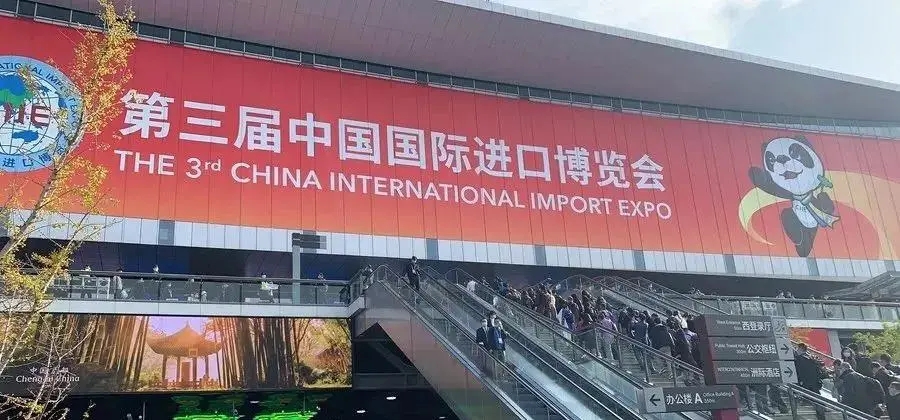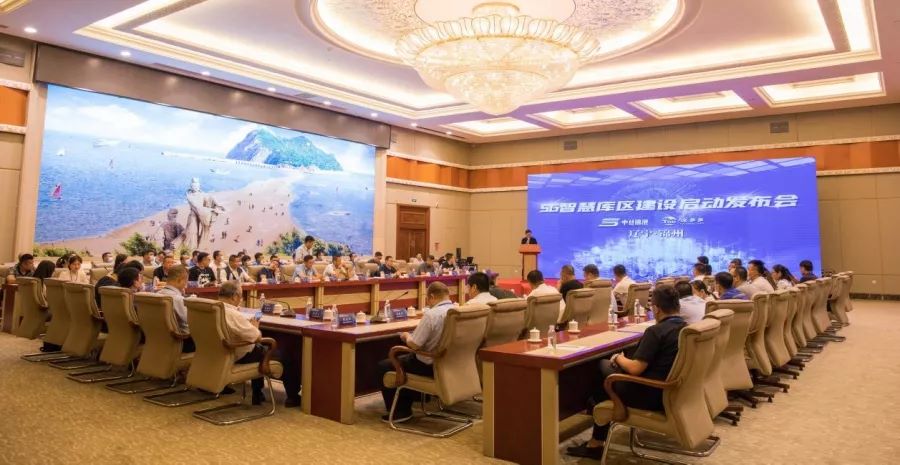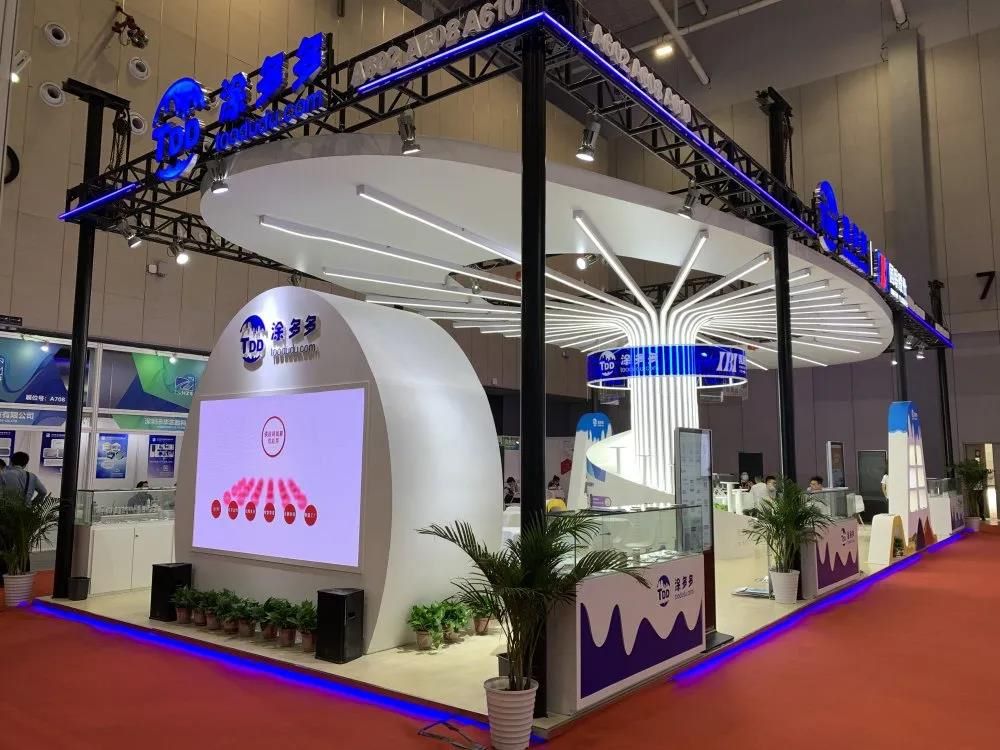Climate Impact: Rubber Market Transition
Natural rubber, with its excellent elasticity, high strength and good processing performance, has long been the preferred material of formulators and is widely used in many fields such as tires, medical supplies, industrial products, etc. However, with the continuous evolution of the global environment and market structure, the natural rubber industry is facing unprecedented challenges and opportunities.
Climate change has become a key factor affecting the production of natural rubber. Natural rubber is mainly produced in tropical regions, such as Thailand, Indonesia and Malaysia in Southeast Asia. The growth of rubber trees in these regions is extremely sensitive to climatic conditions. Suitable temperature and sufficient and uniform rainfall are the basis for the healthy growth and high yield of rubber trees. In recent years, global warming has led to frequent extreme weather events, with high temperature and drought alternating with heavy rain and floods.
Continuous high temperature and drought have caused serious water loss in rubber trees, hindered photosynthesis, poor growth and development of trees, and a sharp drop in rubber production; while heavy rain and floods may cause disasters such as floods and mudslides, directly destroying rubber plantations and destroying rubber trees, causing irreparable losses.
For example, in the past year, a major rubber producing area in Southeast Asia suffered from rare rainstorms and floods, and the area of rubber plantations damaged reached 30%. The natural rubber production that year fell by 25% year-on-year. This sharp decline in production not only affected the growers in the upstream of the rubber industry chain, but also brought huge supply pressure to the midstream processing companies and downstream manufacturing industries.
The decline in natural rubber production has opened up a broad space for the development of the rubber substitute market. Synthetic rubber has quickly seized market share with its artificially controllable performance and relatively stable supply.
With the continuous advancement of science and technology, the performance of synthetic rubber in terms of wear resistance, oil resistance, aging resistance, etc. has been continuously improved. Some products have been able to meet the needs of specific fields and gradually become a strong competitor to natural rubber. In addition, some new bio-based rubber substitutes have also begun to emerge.
They use renewable resources as raw materials and have advantages such as environmental protection and sustainability, which have attracted the attention and R&D investment of many companies. The emergence of these substitutes has broken the long-term dominance of natural rubber and promoted the rubber industry into a new era of diversified competition.
In the rubber compounding market, the shift from traditional rubber compounding plants to thermoplastic compounding plants has become a significant trend, and cost reduction is the main driving force for this shift. The traditional rubber compounding process usually requires the use of a large amount of additives such as vulcanizers and accelerators, and the production process is complex, energy consumption is high, and equipment investment is large.
In contrast, thermoplastic compounding plants use new materials such as thermoplastic elastomers, and the production process does not require vulcanization, which simplifies the process flow and reduces energy consumption and equipment maintenance costs.
At the same time, thermoplastic compounding products are recyclable, which reduces the waste of raw materials and further reduces production costs.
For example, after a tire manufacturer switched part of its production lines from traditional rubber compounding to thermoplastic compounding, its production costs were reduced by 15%, its production efficiency was increased by 20%, and its product quality was effectively guaranteed. This cost advantage has led more and more companies to invest in the construction of thermoplastic compounding plants, accelerating the transformation of the rubber compounding market.
The impact of climate change on natural rubber production has promoted the development of the rubber substitute market and the transformation of the rubber compounding market. Faced with this series of changes, the natural rubber industry needs to actively respond.
On the one hand, it should strengthen the scientific planting and management of rubber trees to improve their disaster resistance and yield; on the other hand, it should increase investment in research and development to explore new uses and new properties of natural rubber and enhance its market competitiveness.
At the same time, all parties in the industry should also pay close attention to market dynamics and adapt to market trends to achieve sustainable development of the natural rubber industry.











